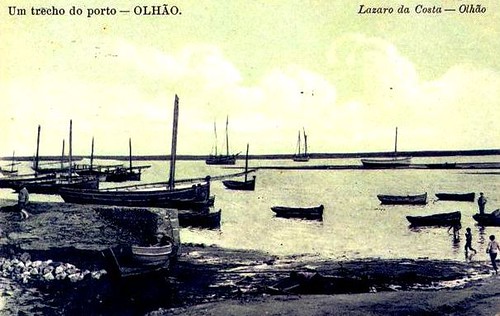A little history
06.07.2008 // Natura Algarve The Ria Formosa lagoon attracted human occupants from the Palaeolithic age until the end of pre-history. During that time a settlement grew up - Ossonoba - which was an important town during the period of Roman occupation and, according to historians, the forerunner of present-day Faro. From the 3rd century onwards and during the Visigothic period it was the site of an Episcopal see. With the advent of Moorish rule in the 8th century Ossonoba retained its status as the most important town in the southwest corner of the Iberian Peninsula. In the 9th century it became the capital of a shortlived princedom and was fortified with a ring of defensive walls. At this time the name Santa Maria began to be used instead of Ossonoba. Later on the town was known as Harun (from a local Muslim chieftain), whence its current name, Faro. One of its names in Arabic is أخشونبة. After the Moorish period, the Moors were defeated by the forces of the Portuguese King Afonso III during the 13th century. With the decline of the importance of the city of Silves, Faro took over the role of administration of the Algarve area.
The Ria Formosa lagoon attracted human occupants from the Palaeolithic age until the end of pre-history. During that time a settlement grew up - Ossonoba - which was an important town during the period of Roman occupation and, according to historians, the forerunner of present-day Faro. From the 3rd century onwards and during the Visigothic period it was the site of an Episcopal see. With the advent of Moorish rule in the 8th century Ossonoba retained its status as the most important town in the southwest corner of the Iberian Peninsula. In the 9th century it became the capital of a shortlived princedom and was fortified with a ring of defensive walls. At this time the name Santa Maria began to be used instead of Ossonoba. Later on the town was known as Harun (from a local Muslim chieftain), whence its current name, Faro. One of its names in Arabic is أخشونبة. After the Moorish period, the Moors were defeated by the forces of the Portuguese King Afonso III during the 13th century. With the decline of the importance of the city of Silves, Faro took over the role of administration of the Algarve area.
The Earl of Essex sacked the town in 1596 and seized the library of the Bishop of Faro. These books were later donated to the University of Oxford, becoming part of the Bodleian Library.
During the 500 years of Moorish occupation there were some Jewish inhabitants in Faro who wrote copies of the Old Testament.







